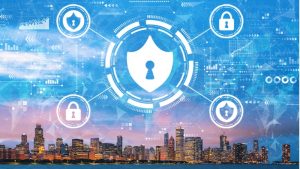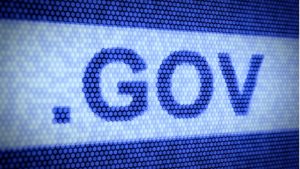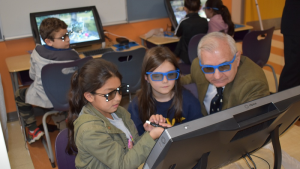Connecticut Gov. Ned Lamont announced that the Connecticut Department of Motor Vehicles (DMV) has launched its new website, which will streamline the online services it offers. Gov. Lamont’s office said the new website is part of the governor’s larger effort to reduce in-person visits and wait times at DMV offices.
The Department of Education and the Cybersecurity and Infrastructure Security Agency (CISA) need to do better in coordinating efforts to aid K-12 schools in cybersecurity, according to a recent report by the Government Accountability Office (GAO).
The University of Florida (UF) is collaborating with 11 school districts across the Sunshine State to pilot a K-12 artificial intelligence (AI) education program this fall, according to a UF news release from Sept. 22.
The nonprofit Results for America has recognized eight states – Colorado, Minnesota, Tennessee, North Carolina, Pennsylvania, Washington, Utah, and Connecticut – for their achievements in using data-driven and evidence-based policymaking to “accelerate economic mobility, advance equity, and deliver better results for their residents.”
The Biden Administration has released a new Workforce Planning Guide for states and territories to use when planning high-speed Internet deployment projects.
The Indiana Office of Technology (IOT) has partnered with Purdue University and Indiana University (IU) to provide free cybersecurity assessments for local governments statewide.
During Cybersecurity Awareness Month, the Department of Education announced the 2022 recipients of the Presidential Cybersecurity Education Award.
Following its annual conference earlier this month, the National Association of State Chief Information Officers (NASCIO) announced its new executive leadership for the coming program year.
With the U.S. midterm elections just around the corner and security concerns running high, a new survey finds that three-quarters of local election websites are not using the .gov domain to help boost site security and engender a higher degree of user trust.
The Department of Defense Education Activity (DoDEA) awarded Pell Elementary School in Newport, R.I., a $500,000 grant to encourage Science, Technology, Reading, Engineering, the Arts and Math (STREAM) learning beginning in the elementary grades.













